Japanese housing project cuts slender figure in Tokyo streets
FLAT369 by Japanese architecture studio by No555 impresses with its slim figure and minimalist approach in Tokyo’s dense streets
Masatoshi Mori - Photography
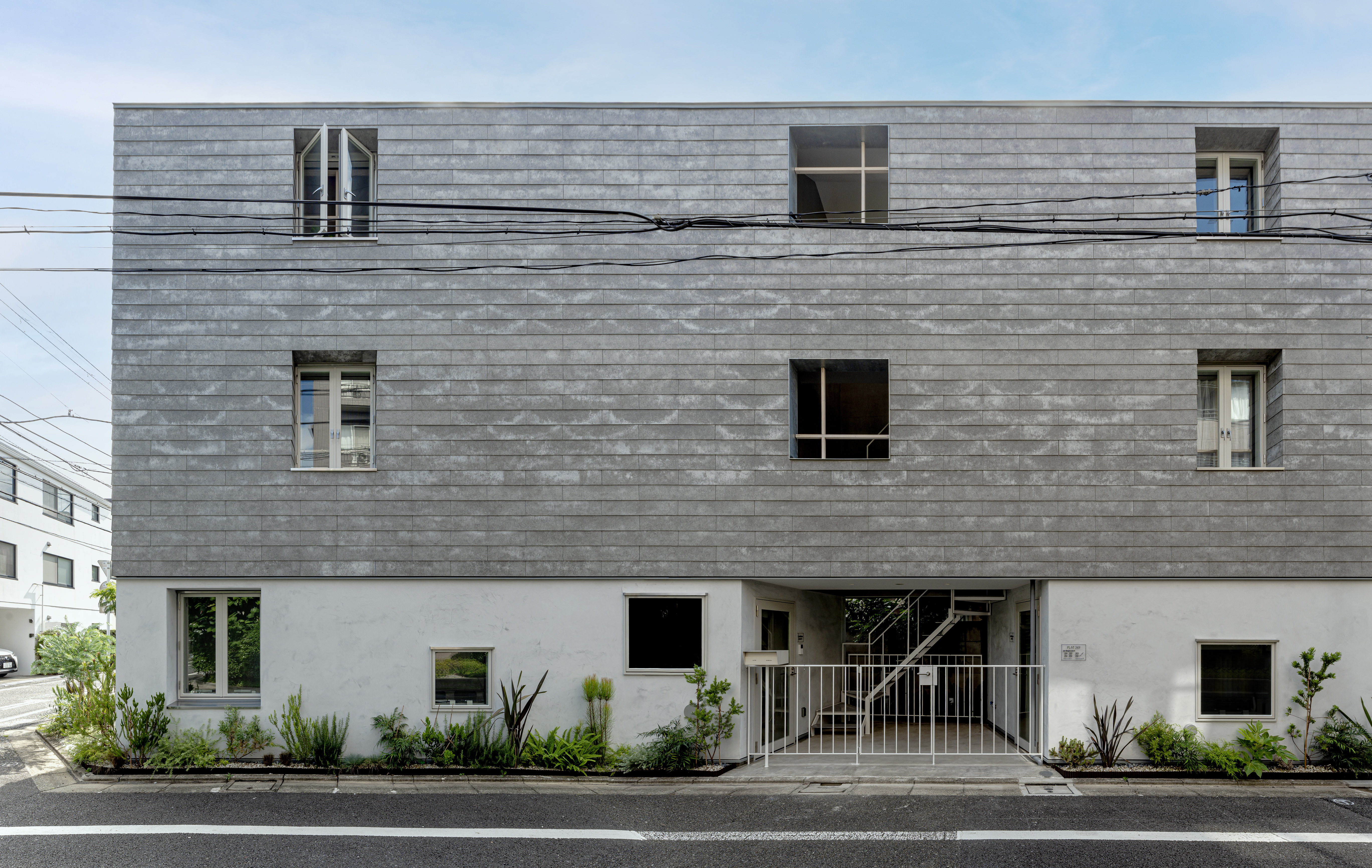
It’s not uncommon for modern Japanese housing to be squeezed into tight plots and dense urban situations. It is a testament to an architect's skill when functionality and generosity of space shine through, despite challenging conditions. This is also the case with Flat369, a multi-family residential project created by Kanagawa-based, Japanese architecture studio No.555 and set in the heart of Tokyo’s Setagaya district. The brief for the scheme, called for the creation of a six-unit apartment building in an extremely narrow lot, previously used as parking space.
No.555’s founder, Yokohama-trained architect Takuya Tsuchida, has been leading his agile, boutique office since 2005, focusing on a range of elegant residential, commercial and cultural projects. Regardless of the typology, the studio’s approach favours clean, geometric volumes, natural materials and neutral colour tones, resulting in subtle architectural compositions that feel calming, nodding to minimalist architecture – a path Tsuchida also took with Flat369.
Flat369: a prototype for Japanese housing

The project’s site was so narrow that even in its previous life as a parking lot, ‘it could only accommodate three cars parked end-to-end’, the architects recall. ‘Because the lot is so shallow, it was not possible to set aside space on each floor for horizontal circulation routes. Our solution was to include two vertical circulation routes (staircases), minimising the need for horizontal circulation. The client originally requested four studio apartments, but this would have resulted in overly long, thin rooms with little appeal.’
The architects’ counterproposal was to create six units instead, but add shared communal areas on the first floor, to enhance the lifestyle offering for the residents. This, together with the ground level’s planted courtyards, creates moments for social interaction between units, where life can unfold. Even with its small size and awkward shape, this Japanese housing project makes the most of the opportunities it’s offered through clever design and space-enhancing gestures. ‘We hope it will offer inspiration as one way to use the odd lots left behind in the development of highly congested central Tokyo,’ the architects conclude.
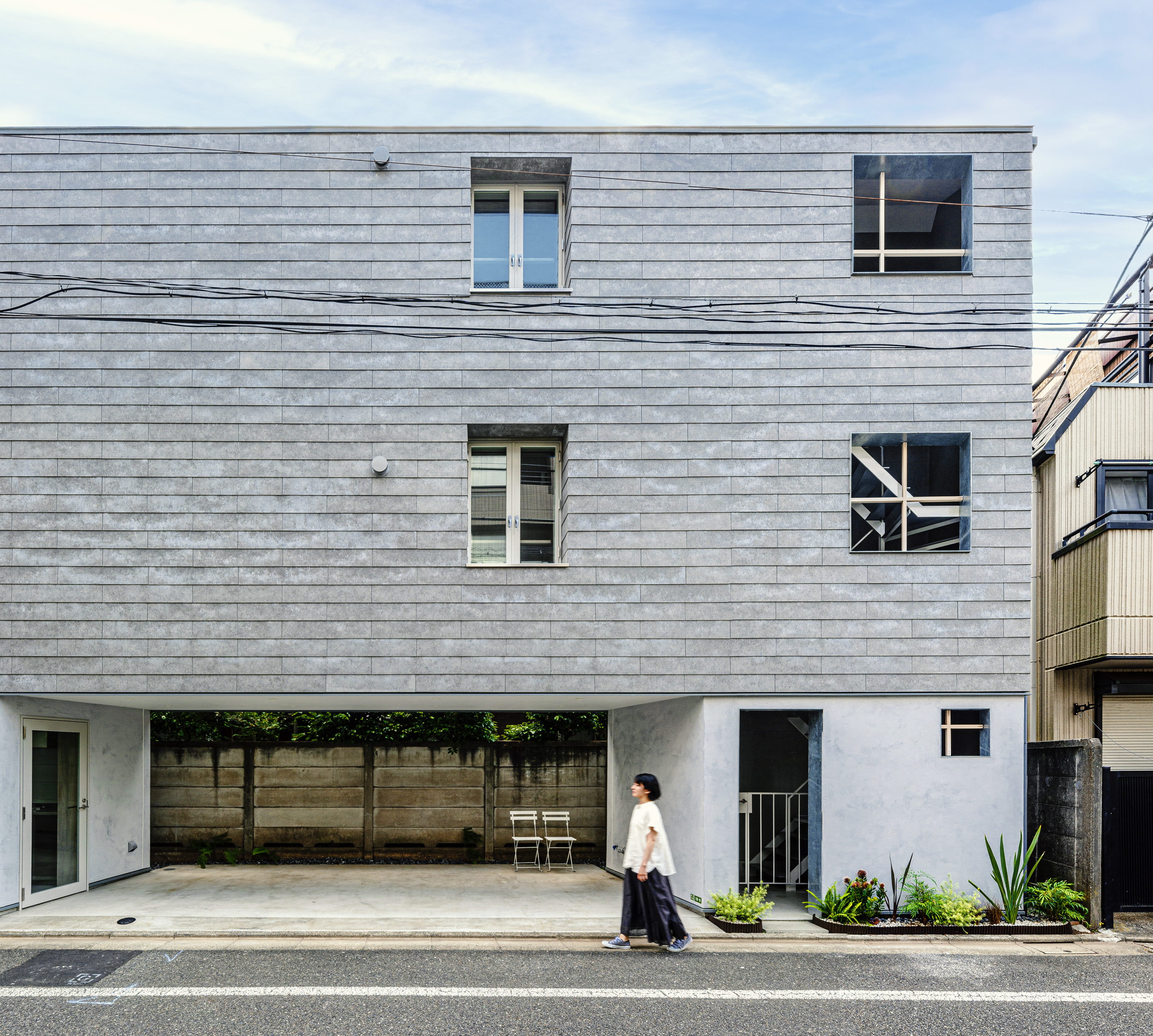

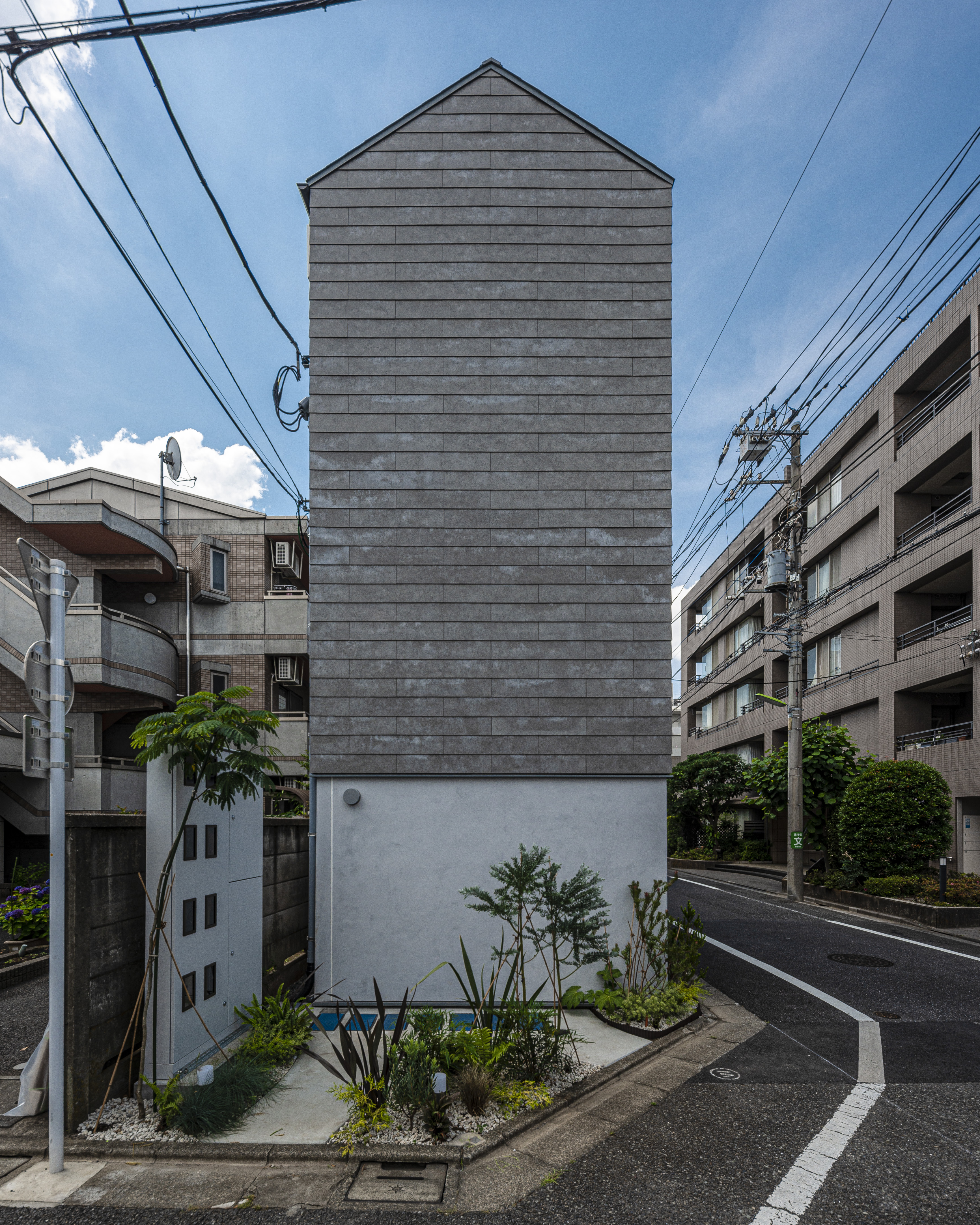
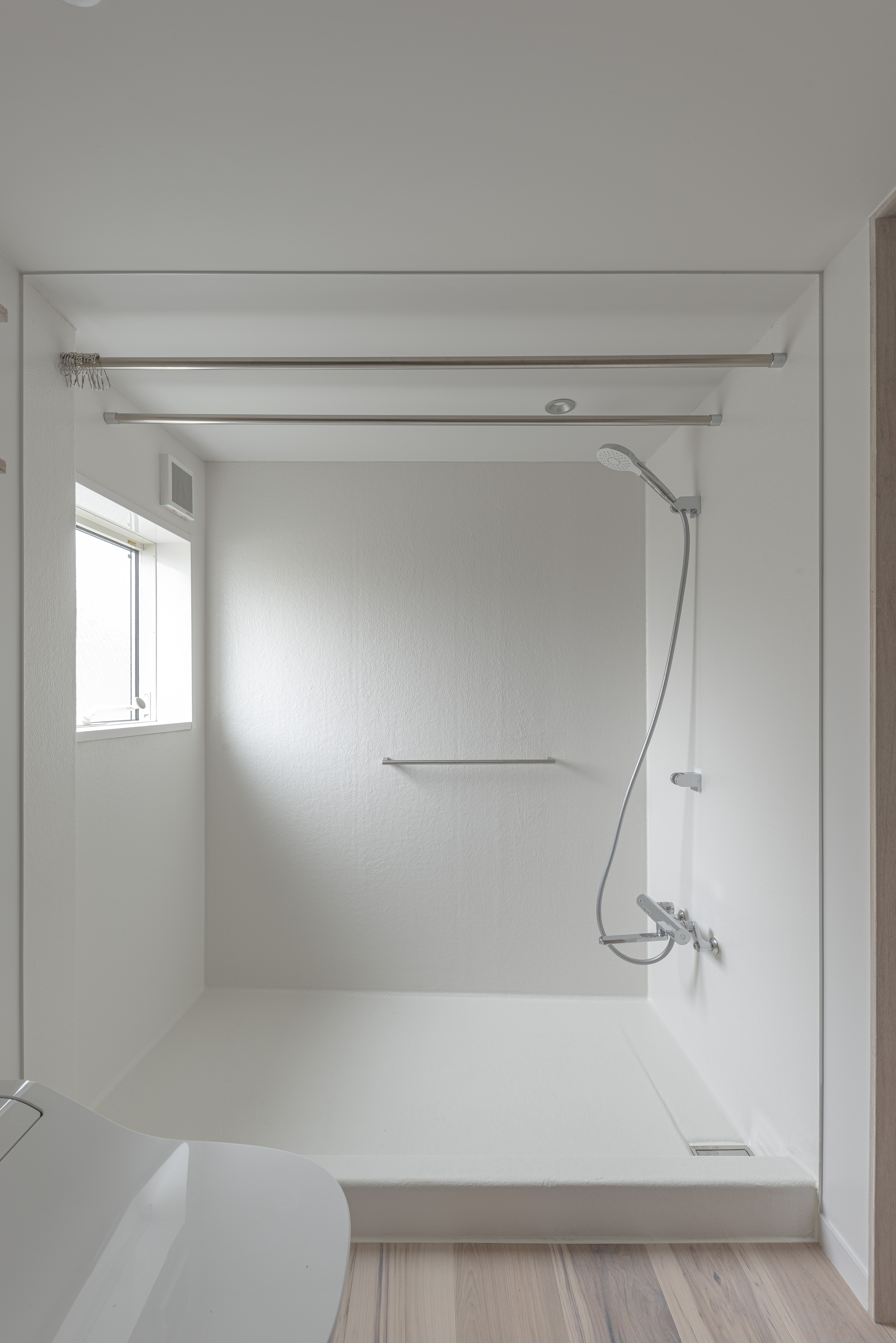
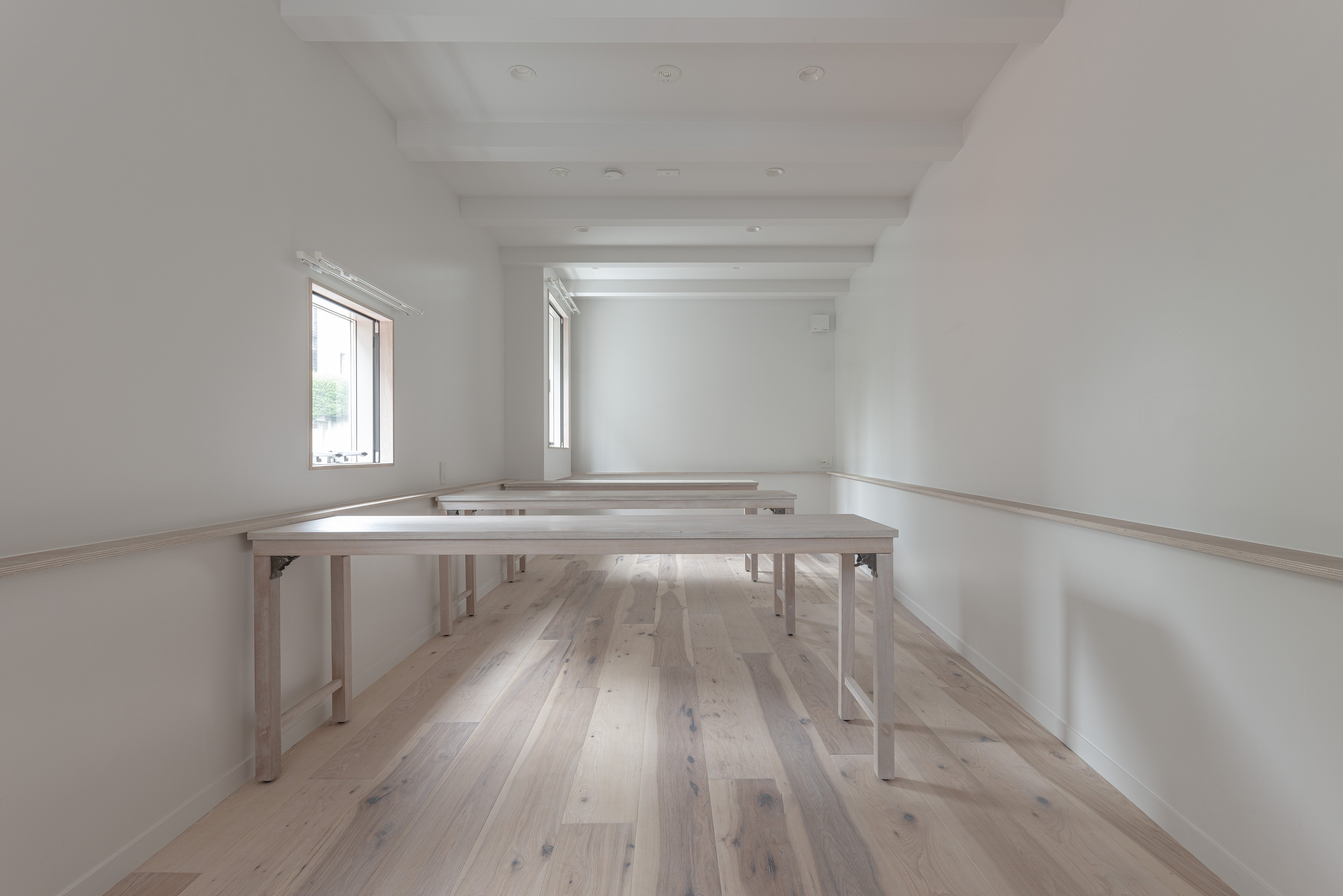

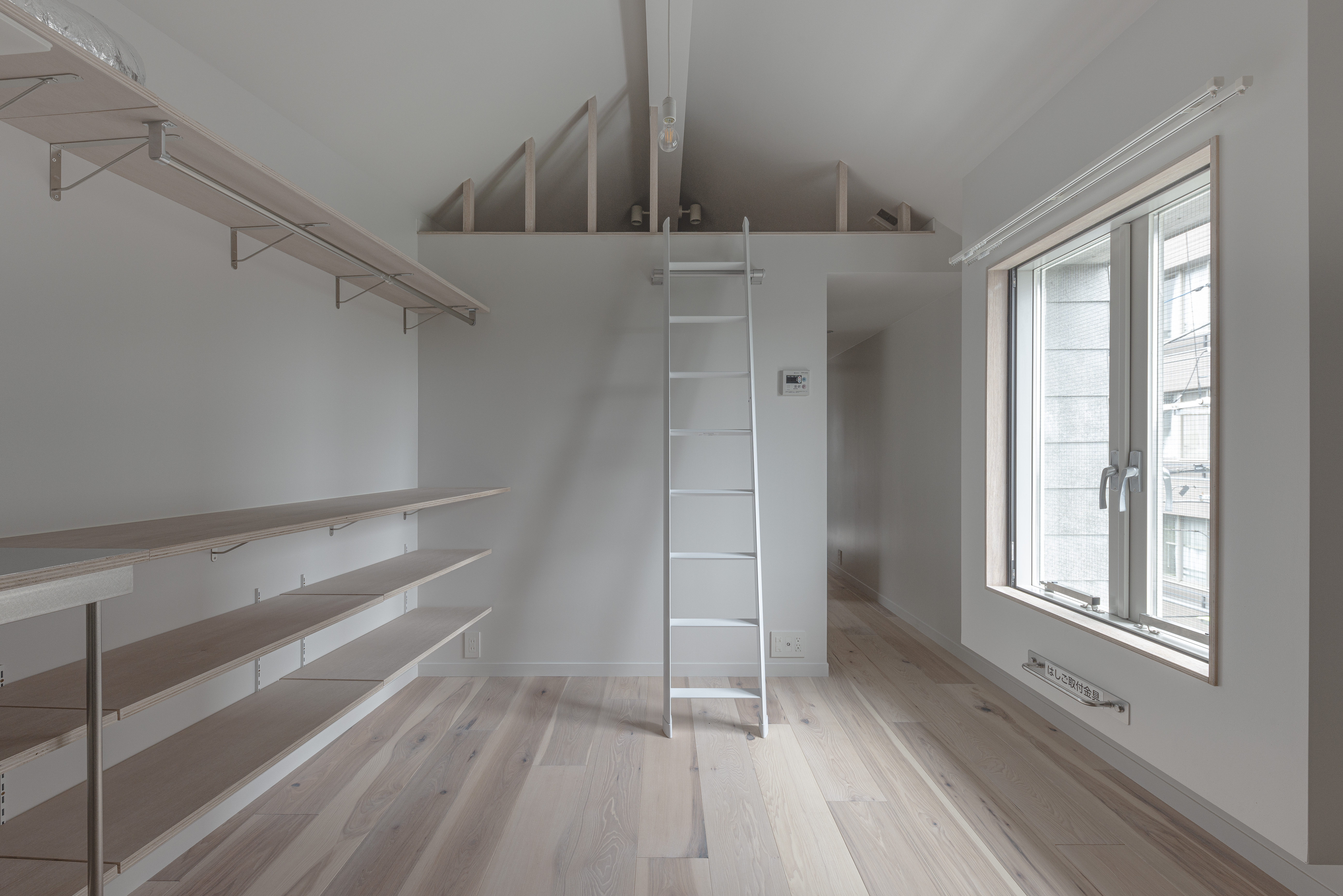

INFORMATION
number555.com
Receive our daily digest of inspiration, escapism and design stories from around the world direct to your inbox.
Ellie Stathaki is the Architecture & Environment Director at Wallpaper*. She trained as an architect at the Aristotle University of Thessaloniki in Greece and studied architectural history at the Bartlett in London. Now an established journalist, she has been a member of the Wallpaper* team since 2006, visiting buildings across the globe and interviewing leading architects such as Tadao Ando and Rem Koolhaas. Ellie has also taken part in judging panels, moderated events, curated shows and contributed in books, such as The Contemporary House (Thames & Hudson, 2018), Glenn Sestig Architecture Diary (2020) and House London (2022).
-
 This curved brick home by Flawk blends quiet sophistication and playful details
This curved brick home by Flawk blends quiet sophistication and playful detailsDistilling developer Flawk’s belief that architecture can be joyful, precise and human, Runda brings a curving, sculptural form to a quiet corner of north London
-
 Usher opens up about breakfast playlists, banana pudding and why a glass tumbler is always on his rider
Usher opens up about breakfast playlists, banana pudding and why a glass tumbler is always on his riderOn the heels of a collaboration with Baccarat, the Grammy-winning singer-songwriter breaks down his entertaining tips. 'Hosting is an expression of how you feel about your guests and also who you are.'
-
 The beauty trends that will define 2026, from ultra-niche fragrances to anti-ageing dental care
The beauty trends that will define 2026, from ultra-niche fragrances to anti-ageing dental careAs we enter the new year, we speak to experts in fragrance, skincare, aesthetics, wellness and more about the trends that will be shaping the way we look
-
 This Fukasawa house is a contemporary take on the traditional wooden architecture of Japan
This Fukasawa house is a contemporary take on the traditional wooden architecture of JapanDesigned by MIDW, a house nestled in the south-west Tokyo district features contrasting spaces united by the calming rhythm of structural timber beams
-
 Take a tour of the 'architectural kingdom' of Japan
Take a tour of the 'architectural kingdom' of JapanJapan's Seto Inland Sea offers some of the finest architecture in the country – we tour its rich selection of contemporary buildings by some of the industry's biggest names
-
 Matsuya Ginza lounge is a glossy haven at Tokyo’s century-old department store
Matsuya Ginza lounge is a glossy haven at Tokyo’s century-old department storeA new VIP lounge inside Tokyo’s Matsuya Ginza department store, designed by I-IN, balances modernity and elegance
-
 The Architecture Edit: Wallpaper’s houses of the month
The Architecture Edit: Wallpaper’s houses of the monthThis September, Wallpaper highlighted a striking mix of architecture – from iconic modernist homes newly up for sale to the dramatic transformation of a crumbling Scottish cottage. These are the projects that caught our eye
-
 Utopian, modular, futuristic: was Japanese Metabolism architecture's raddest movement?
Utopian, modular, futuristic: was Japanese Metabolism architecture's raddest movement?We take a deep dive into Japanese Metabolism, the pioneering and relatively short-lived 20th-century architecture movement with a worldwide impact; explore our ultimate guide
-
 A new Tadao Ando monograph unveils the creative process guiding the architect's practice
A new Tadao Ando monograph unveils the creative process guiding the architect's practiceNew monograph ‘Tadao Ando. Sketches, Drawings, and Architecture’ by Taschen charts decades of creative work by the Japanese modernist master
-
 A Tokyo home’s mysterious, brutalist façade hides a secret urban retreat
A Tokyo home’s mysterious, brutalist façade hides a secret urban retreatDesigned by Apollo Architects, Tokyo home Stealth House evokes the feeling of a secluded resort, packaged up neatly into a private residence
-
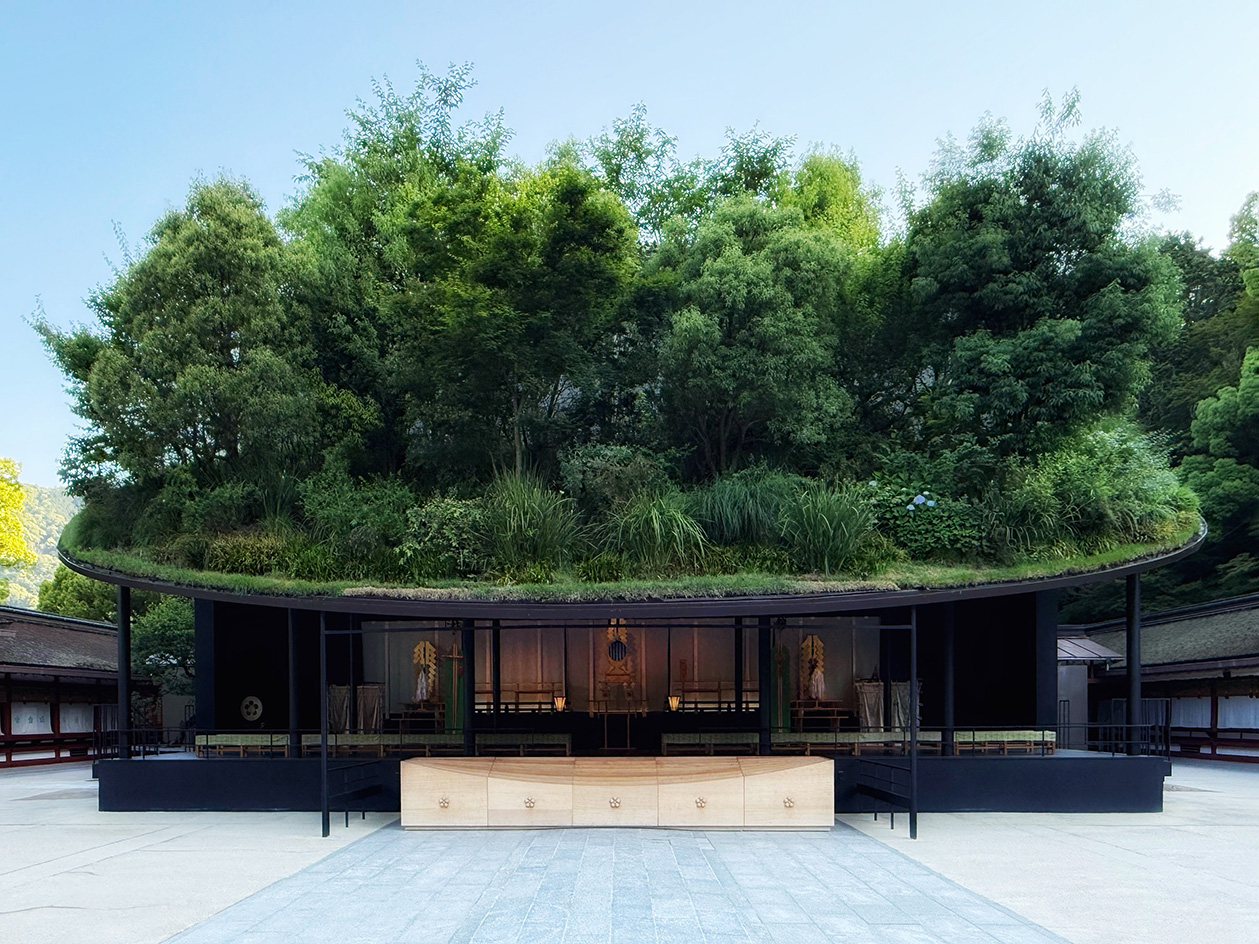 Landscape architect Taichi Saito: ‘I hope to create gentle landscapes that allow people’s hearts to feel at ease’
Landscape architect Taichi Saito: ‘I hope to create gentle landscapes that allow people’s hearts to feel at ease’We meet Taichi Saito and his 'gentle' landscapes, as the Japanese designer discusses his desire for a 'deep and meaningful' connection between humans and the natural world